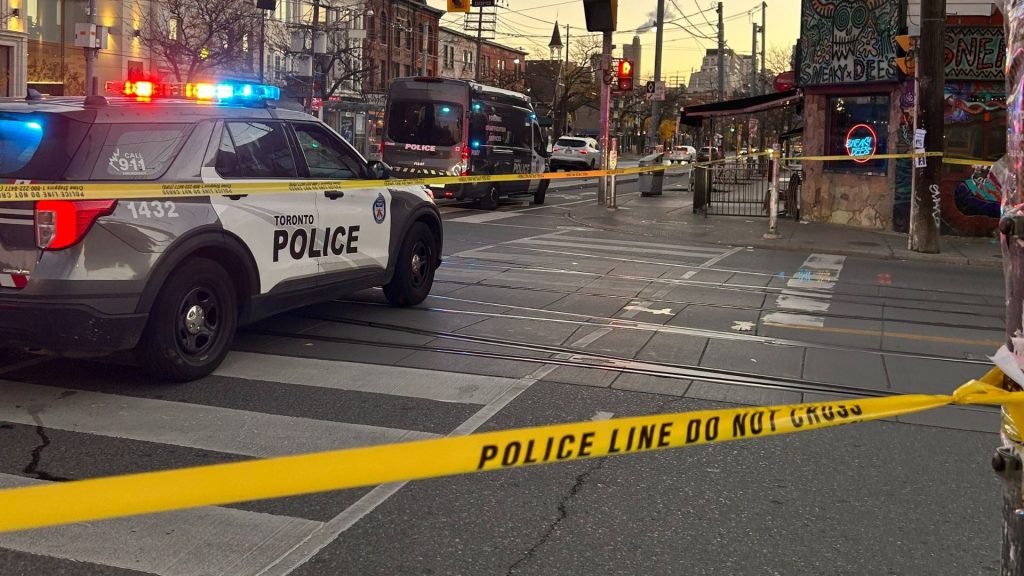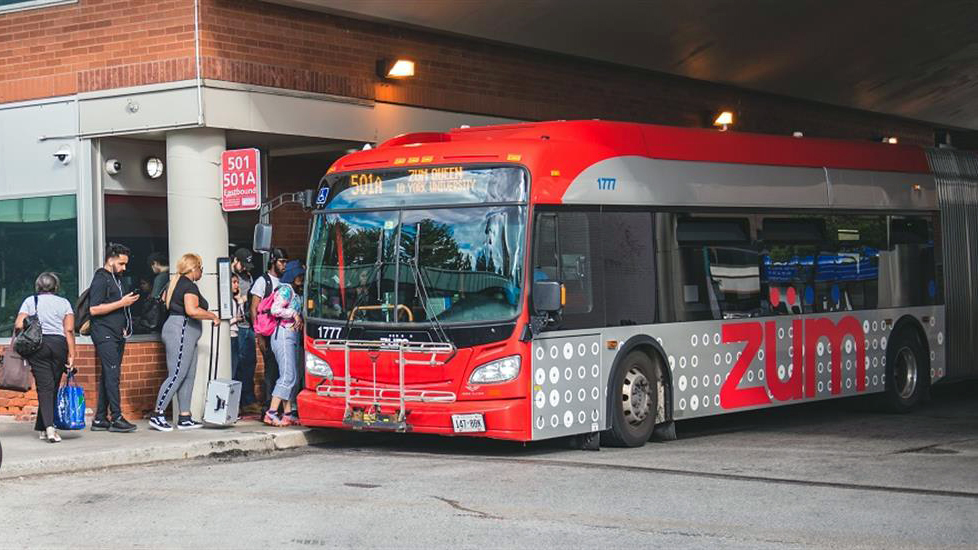Ontario budget fills in blanks on province’s plan to pay for public transit expansion
Posted May 1, 2014 4:09 pm.
This article is more than 5 years old.
TORONTO – Ontario will pay for transit expansion and road repairs by restricting tax credits for large corporations, stopping construction companies from claiming the fuel tax exemption and increasing the tax on aviation fuel by four cents a litre, the province revealed Thursday in its spring budget.
The minority Liberals’ fiscal blueprint — widely considered the party’s re-election platform — confirms measures laid out in documents obtained by The Canadian Press this week from a source outside the government.
The government announced last month it would invest $29 billion over 10 years into transportation infrastructure, saying some of the money would come from re-routing about $1.3 billion a year in gas taxes, and the rest through debt and unspecified “revenue tools.”
Those revenue tools were spelled out in Thursday’s budget, along with plans to pull revenue from the sale of provincial assets and from high-occupancy toll lanes once they become available.
It also showed how the Liberals propose to fill the hole in its coffers after funnelling the provincial portion of the gas tax into transit — by hiking taxes on high-income earners and tobacco.
The plan “will help Ontarians get to work, home or school more quickly, and will be an immediate boost to jobs and economic growth,” Finance Minister Charles Sousa said as he presented the budget in the legislature.
“And we will do this without raising taxes on gasoline, the Harmonized Sales Tax, education property taxes or personal income taxes on low- to middle-income individuals, nor will we raise general corporate taxes, which would be extremely risky in our economy.”
The Progressive Conservatives panned the budget, which they have already vowed to oppose.
NDP Leader Andrea Horwath, whose decision will likely determine whether the province heads to the polls, wasn’t present to comment on the budget. But her party has proposed to hike business taxes to help pay for a massive public transit expansion in the Toronto-Hamilton area.
Ontario’s transit agency has also recommended turning to taxpayers in the region for the estimated $2 billion a year required. The plan released by Metrolinx roughly a year ago called for a five-cent a litre fuel tax increase and a one percentage point hike in the HST for residents.
And a panel appointed by the government said last fall the province should raise the gas tax by three cents a litre in 2015, climbing to 10 cents after eight years. It also recommended the government borrow more money, redirect the HST it collects on the gas tax and raise corporate taxes by half a percentage point to 12 per cent.
The transit investments will be split into two separate funds — one for transit in the Greater Toronto and Hamilton Area, which will receive $15 billion, and another for roads, bridges, transit and other infrastructure in the rest of the province.
About two thirds of the money will come from the province’s dedicated revenue tools, about a quarter from provincial borrowing, including green bonds, and the balance from the federal government, the budget said.
The money will be allocated by population using census data, the Liberals said.








